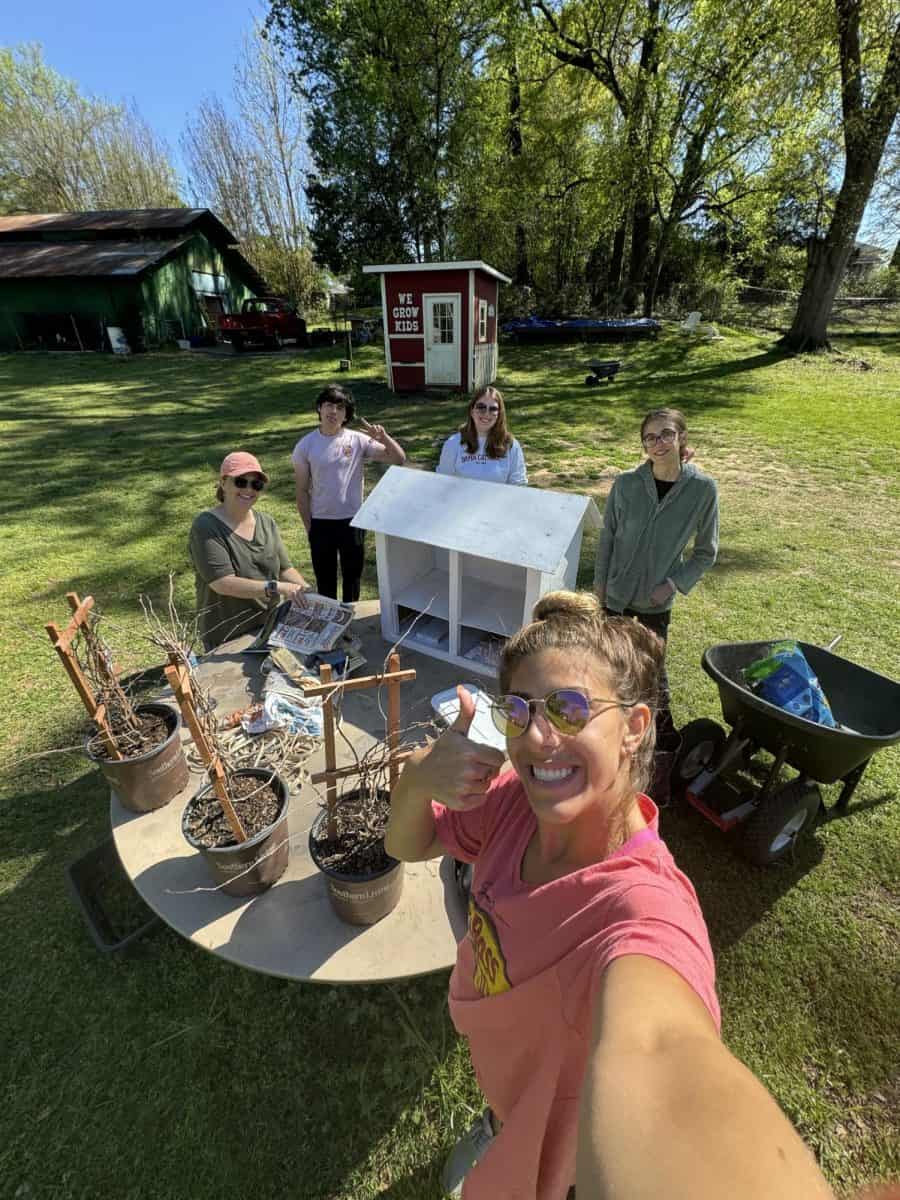In Calcutta, on my way out of India, I met a New Zealander on a budget. He was fresh from the beaches of Thailand, where backpackers buy beer by the gallon bucket. In the height of merrymaking, he went off to the bathroom, leaving his beer all alone on the beach, and when he started to drink again, he felt dizzy. The sand heaved and churned beneath his feet, the neon palm lanterns spun in circles, his legs gave way, and the next thing he knew, a Thai transvestite was riffling through his fanny pack for the $400 inside. After that, he had to get through six weeks in India on $10 a day, which is doable, but barely.
When I started traveling, stories like this scared the bejesus out of me. I walked through crowded marketplaces with my wallet in a death grip, and on bus rides hugged my backpack like an only son. Every taxi driver was a kidnapper, every passerby a pickpocket.
I finally eased up when I realized that there wasn’t a whole lot I could do.
Don’t get me wrong, real danger isn’t hard to avoid. Our New Zealander would have been fine if he had kept his wits about him, and busing across Egypt is just as dangerous as driving around Tuscaloosa. But theft happens to the best of us. Crooks really are everywhere, from Addis Ababa to the Washington Monument, behind every market stall and bus seat, waiting to rip you off in ways you haven’t even thought of.
Worse yet, too much preparation can add to the problem. People shell out hundreds of dollars on specialized travel gear riddled with secret pockets and complicated security buckles. But nothing says “expensive stuff in here” like a padlock the size of a lemon dangling from a backpack. If you walk around looking like Inspector Gadget, you’re just asking for it.
Of course, there are good safety measures, and they probably will keep your stuff safe. I always wear a money-belt under my clothes for my passport, bankcards and most of my cash. There are other tricks people do, but even if you wear your backpack in the front, stuff your pockets with dummy wallets and fake cash, and would rather be caught in an orange shirt on A-Day than on the street at night, sometimes it just happens.
A friend from Denver was ambushed by a group of men on a street in Peru. He lost $1200, his camera and thousands of pictures. His stealth money-belt didn’t help.
Fortunately, if you do things right, even the worst-case scenario isn’t that bad. My friend might not have been able to avoid the ambush, but he could have made it easier on himself. ATMs are available in most places, and you rarely need more than $100 in spare cash. Wire transfer services are usually at arm’s length, and you can get a passport at the embassy for around $100. Upload your pictures to Facebook. Travel as if you expect to get robbed, so that if it happens, you’re only out enough money for a half a tank of gas and maybe a few gadgets.
But theft is still a drag. When I lost everything in Guatemala, I went to a remote Caribbean enclave and did nothing but practice juggling for six days. It was a tantrum. But it happens; get over it. Dust yourself off and get on with the trip. You’ll have a good story for when you get back, and your friends will think you’re a badass.
On the road, problems happen. I lost my stuff in Guatemala because a Swedish girl with green eyes distracted me. I caught malaria in Africa because I didn’t do enough research on preventative medication. I bought a ticket out of San Jose, California, when I was trying to leave San Jose, Costa Rica. I’ve made mistakes that make Mr. Bean look like James Bond, but I don’t regret a single one. It’s all part of the adventure, and if not for that, why go anywhere at all?






